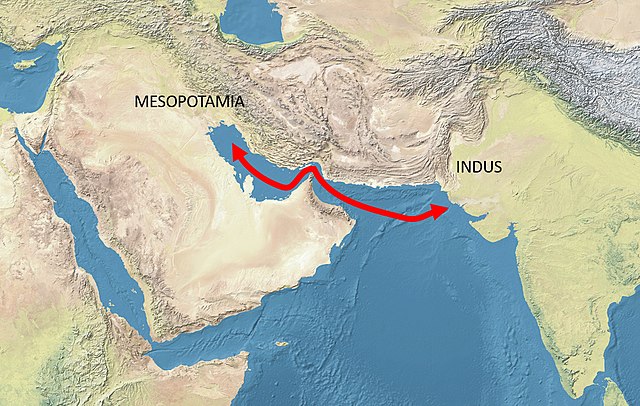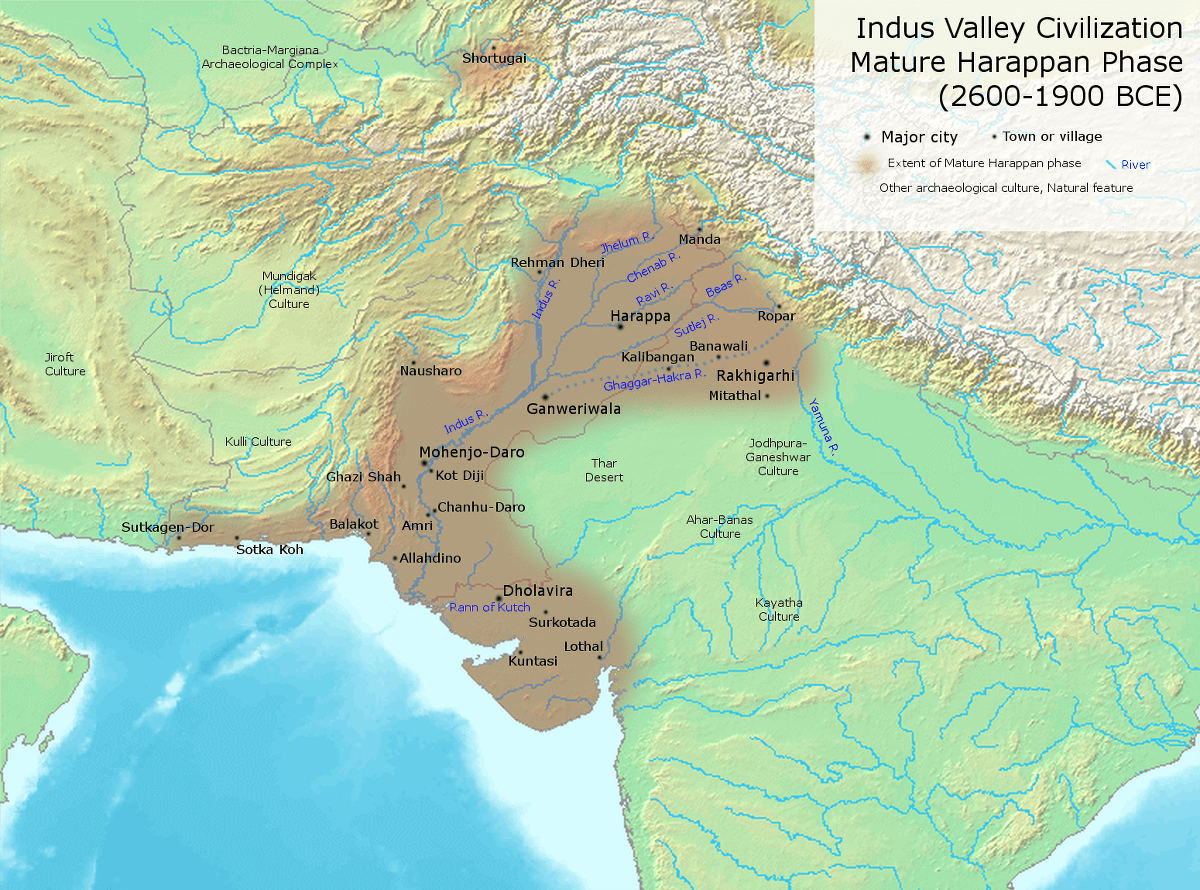Reference




OpenAI's Answer
The burial practices that originated in the upper Indus Valley spread across several regions as evidenced by archaeological findings. These practices extended across what is now modern-day India and Pakistan, covering a vast area of the ancient Indus Valley Civilization, which at its peak spread into parts of present-day northwest India, including Rajasthan, Haryana, and Punjab, as well as parts of Pakistan like Balochistan and Sindh.
Notably, these regions included:
-
Punjab and Haryana (India and Pakistan) - The burial sites in these areas are integral to understanding the dissemination of cultural practices related to mortuary behavior.
-
Gujarat (India) - The region of Gujarat saw the spread of Harappan affiliated Chalcolithic sites, particularly in areas like Kachchh, Saurashtra, and even reaching North and South Gujarat.
-
Sindh and Balochistan (Pakistan) - Regions such as Mohenjo Daro provide significant evidence of Indus burial practices and urban life.
These regions reflect the broad geographical spread of the Indus Valley Civilization, which also encompassed riverine lowlands that extended east and southeast into these parts of India. Each area has revealed small to medium-sized settlements that give clues to the practices of the Harappan people during the civilization's zenith.
More detailed insights into these practices can be found in online resources such as BBC News and other academic papers that delve into the archaeological and cultural intricacies of the Indus Valley burial traditions.

Follow Up
Related
What are the key burial phases identified in the Udegram and Gogdhara sites?
What are the notable burials and kurgans identified in Southern Russia?
What types of artifacts have been discovered in Central Asia and their significance?
What is the significance of burial grounds in ꞌAreꞌare culture?